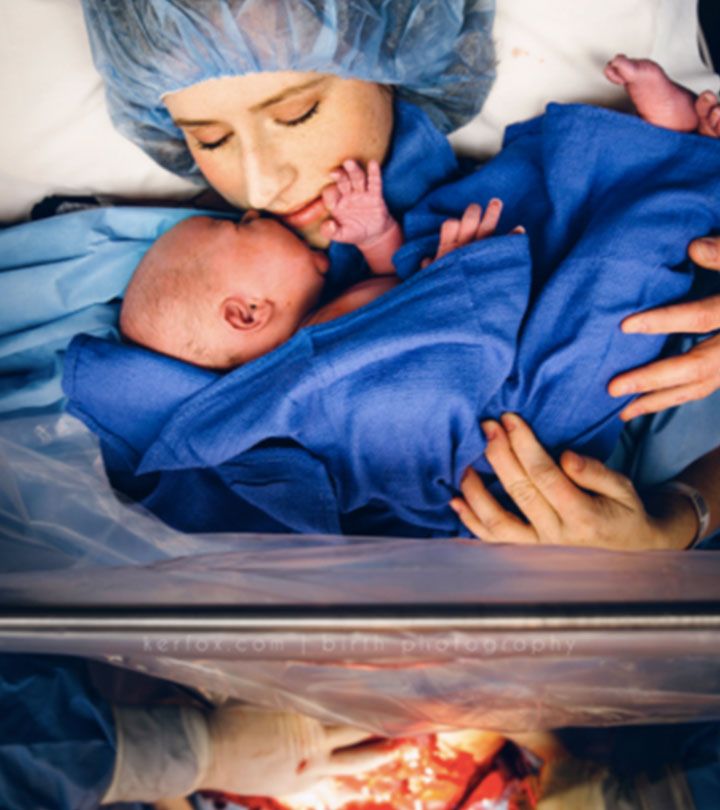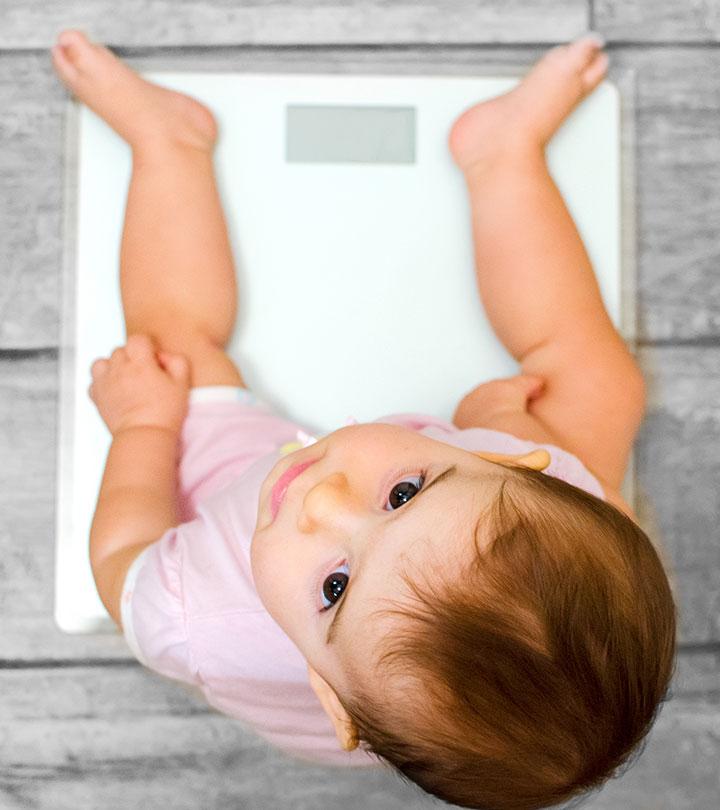
Image: Shutterstock
Giving birth to a baby can be the most beautiful and intense experience mothers go through. The endless hours of labor, the contractions, and all the other aches and pains are finally worth it when you hold your little bundle of joy in your arms. But this doesn’t mean that the injuries and pains you’ve sustained due to pregnancy and delivery go away simply because you are elated at the moment. There is a reason that new mothers are expected to rest up and heal. Giving birth can be a traumatic experience for the body, and it takes time to bounce back from all the internal and external damage done in the process. So, if you’d like to better understand what birth injuries are, and how they can be treated, read on to know more!
What Is Birth Injury?
A birth injury is essentially any physical injury that a mother realizes during childbirth. It can either affect the mother or the baby. Birth injuries experienced by newborns are known as neonatal birth trauma which includes many things from light bruising to breaking bones. In mothers, however, birth injuries range from tearing in the vaginal area to damage to the pelvic floor. Both of which can be extremely painful and take a long period to recover from. Birth injuries sustained by mothers fall into two main categories that we will discuss in detail.
Injuries To The Perineal Area
These injuries are, unfortunately, quite common. Around 3 in 4 women experience a perineal tear if they give birth vaginally. Perineal trauma or episiotomy is a tear or surgical cut made between the area between the vagina and anus. And as you can tell, it’s extremely painful. But tears and cuts are not the only way that you can compromise the Perineal area during birth. You may also experience nerve damage. Nerves in this area can get damaged pretty badly during childbirth leading to a condition called pudendal neuralgia, which is painful. Mothers experience long-term pelvic pain because the pudendal nerve is irritated due to birth. They can also experience piles or Hemorrhoids. These are swollen veins around the anus that may appear as lumps. And although they are usually not serious, they can be painful and itchy.
Injuries To The Pelvic Floor
The pelvic floor is a group of muscles that do the function of holding the bladder, uterus and bowel in place. Up to half of women who give birth vaginally notice a huge difference in their pelvic floor after birth. This is due to overstretching and tearing or avulsion. So, irreparable muscle damage is sustained. Women may also experience Pelvic Organ Prolapse. When the muscles of the pelvic floor are weakened and damaged, the organs inside the pelvis slowly start to drop and descend towards the vagina. And this in turn causes bowel and bladder problems.
What Causes Birth Injury?
Image: Shutterstock
There are a couple of risk factors that contribute towards birth injury, such as the position of the baby. If the baby is breached or very large, that is, anything above 4 kgs, there’s a good chance of sustaining birth injuries. This is also the case if you have a very quick or very long labor, had an assisted delivery using forceps or a vacuum cup or have a small or unusually shaped pelvis. If you had complications during your pregnancy, this too can lead you to have birth injuries.
Can Birth Injuries Be Prevented?
Image: Shutterstock
It is often not possible to prevent birth injuries but you can do a couple of things to reduce the risk of them occurring. You can start off by exercising regularly. Making sure that your body is fit and flexible enough for pregnancy and working out while you are pregnant can help your body prepare for what comes next. You can especially strengthen your pelvic floor muscles by doing pelvic floor exercises regularly. Avoid straining on the toilet and getting constipated by eating a lot of fibrous foods. Straining yourself can weaken your pelvic muscles. Giving birth via cesarean can prevent some birth injuries. However, keep in mind that this is a major surgery that comes with its own health risks.
Can Birth Injuries Be Treated?
Image: Shutterstock
Some birth injuries are minor and may heal on their own, such as a minor perineal tear or a graze. However, other injuries need great treatment and care, like a deeper tear that needs stitches. If you have a damaged pelvic muscle floor, you may need to do physiotherapy and pelvic floor exercises in order to strengthen the muscles again. Some women may need to use pessaries in their vagina or surgery to repair a prolapse.
Sustaining birth injuries for the most part is inevitable. And no matter how small or serious they are, you need to give your body the time it needs to fully recover. So, rest up, make time for your treatments and you’ll be well in no time!
Sources
1. Pudendal Neuralgia, NCBI
2. Vaginal childbirth and pelvic floor disorders, NCBI
3. Perineal techniques during the second stage of labor for reducing perineal trauma, NCBI
















